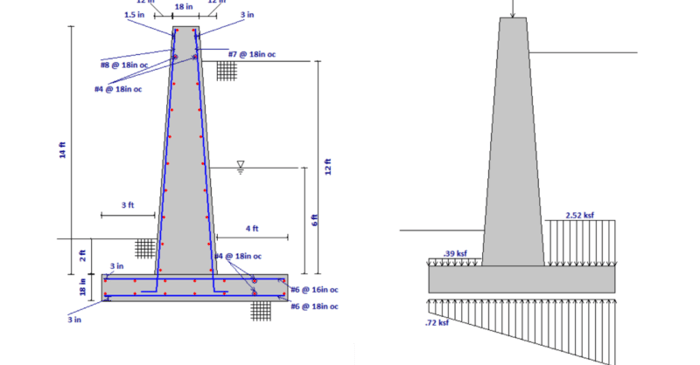
November 19, 2015
Battered Retaining Wall Design
The batter dimensions can be set from Wall Footing Definitions:
Halloween isn’t just for candy and costumes—it’s the perfect time to test your spooky engineering skills! We’ve brewed up a Halloween-themed RISA Jeopardy game, packed with fun, easy questions about our software. Tip for readers: Try to answer before revealing the “treat” below each question! 💀 Can You Count? 100 – RISACalc: How many components are currently available in RISACalc? 10 (Beam, Column, Steel Joist, Composite Beam, Retaining Wall, Spread Footing, Wall Footing, Drilled Pier, Seismic Load, Wind Load) 200 – FD: How many Data Entry spreadsheets are available in RISAFoundation? 25 300 – RISA-3D: How many countries or regions have building codes supported in RISA-3D? 9 (US, Canada, Mexico, Europe, Great Britain, India, Australia, New Zealand, Saudi Arabia) 🎃 Adaptable 100 – ADAPT: Which of these is not an ADAPT product? ADAPT-Builder, ADAPT-Felt, ADAPT-Floor, ADAPT-ABI ADAPT-Floor 200 – ADAPT: Which mode of ADAPT-Builder is used to design slabs-on-grade on expansive soils using the PTI method? ADAPT-SOG 🕸️ The Whole Family 100 – Other: This steel detailing software and fellow Nemetschek brand has a built-in export option in RISA-3D. SDS2 200 – Other: Which design code is the most common in our software, found in 8 of our 10 programs?…
Read More

The batter dimensions can be set from Wall Footing Definitions:
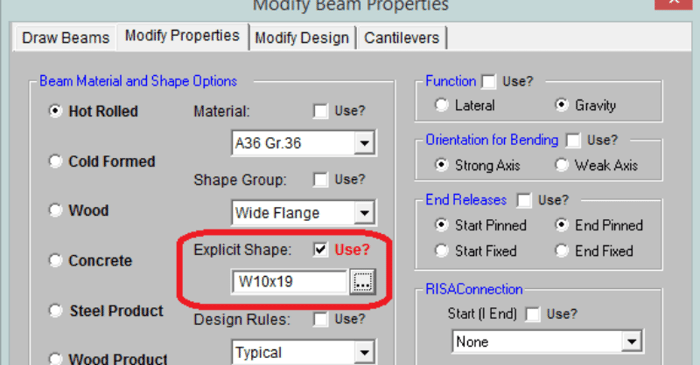
RISAFloor is a design program in which it takes basic shape criteria about your beam or column members and then selects an optimal size to meet strength and serviceability criteria. However, the program can just as easily perform a design check for an as-built condition by defining specific member...
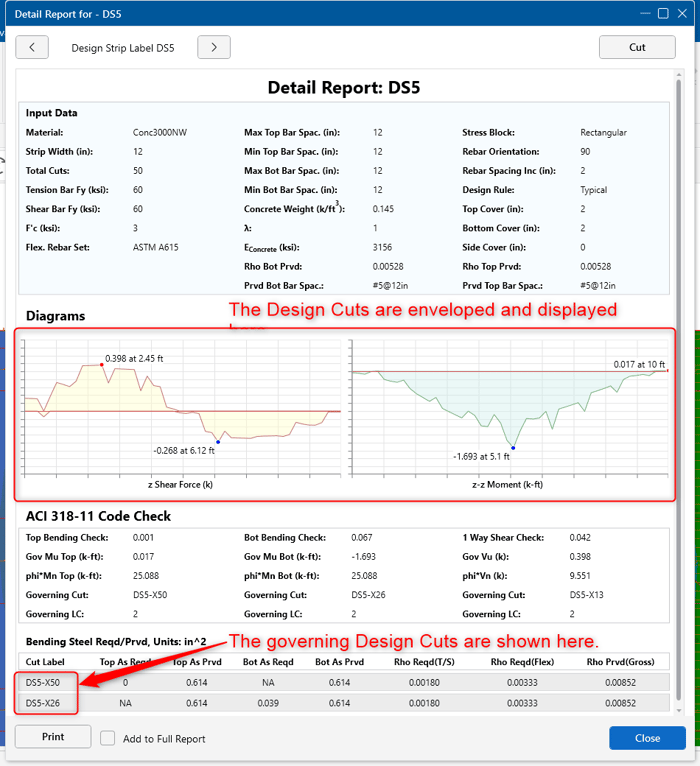
In RISAFoundation, Design Strips are used to create regions in a slab for reinforcement design. Design strip size and shape is determined by the user, see the Help- Slab- Design Strip Width topic.
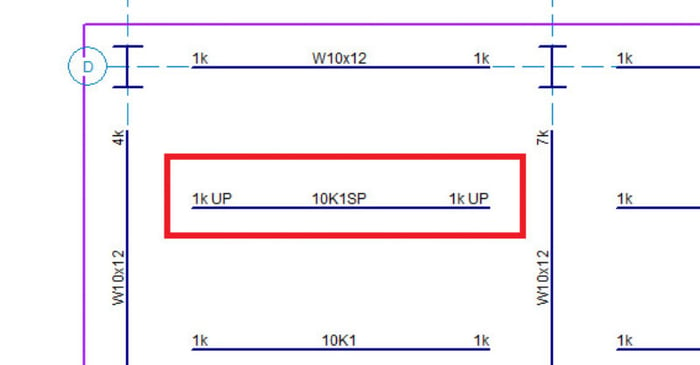
Have you been in RISAFloor performing a steel product design and noticed an (SP) extension to a joist designation? The following will discuss when the program designs for these special loading conditions.
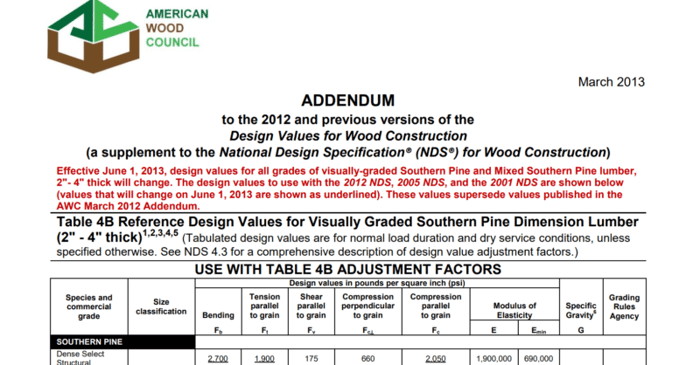
You may notice discrepancies in the wood design values when comparing RISA with the NDS 2012 and older versions of the code. The American Wood Council updated the wood design values in the Addendum, which supersede the values used in the NDS 2012 and previous versions of the Design Values for Wood...
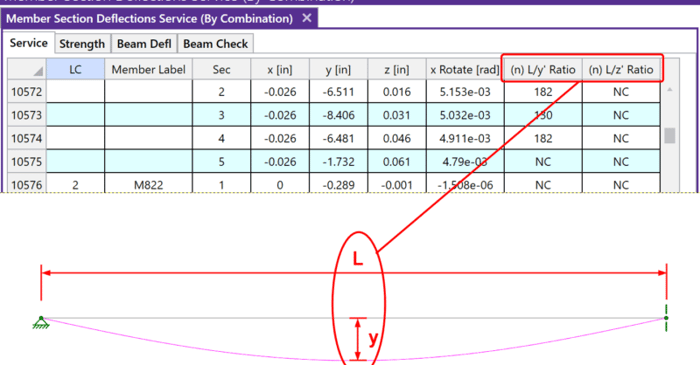
After solving a model, you will see in the Member Deflections spreadsheet the following deflection ratios:
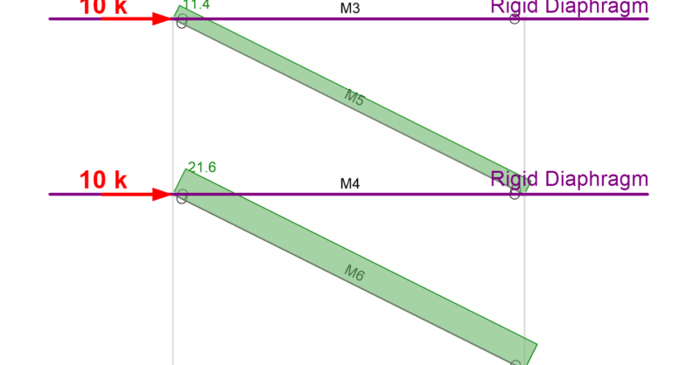
The beams in a lateral force resisting system, such as a braced frame or moment frame, typically carry a significant axial force. In the example below (with no diaphragms) the beam (M4) carries a significant axial tension.
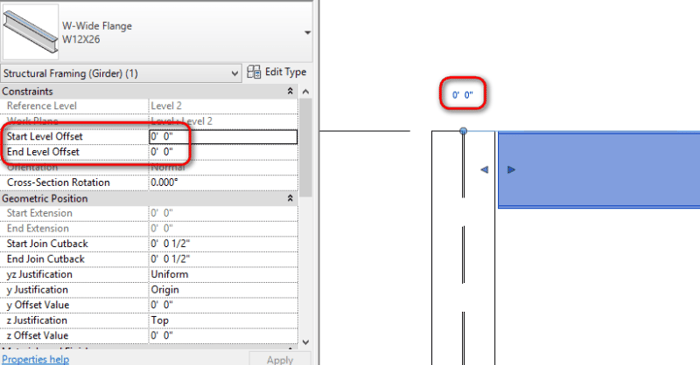
Revit offers two options for setting the elevation of beams. The way these are used has a significant impact on how those members are round tripped to RISAFloor, so it is important for you to use them correctly. The Level Offsets are available at each end of the beam. They can be modified through...
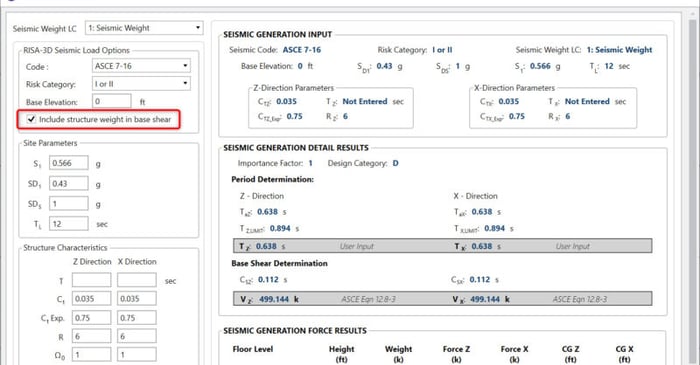
In the Seismic Loads dialog there is a checkbox for “Include structure weight in base shear”.
Our monthly "Structural Moment" newsletter is the best way to keep up with RISA’s product updates, new releases, new features, training events, webinars and more...